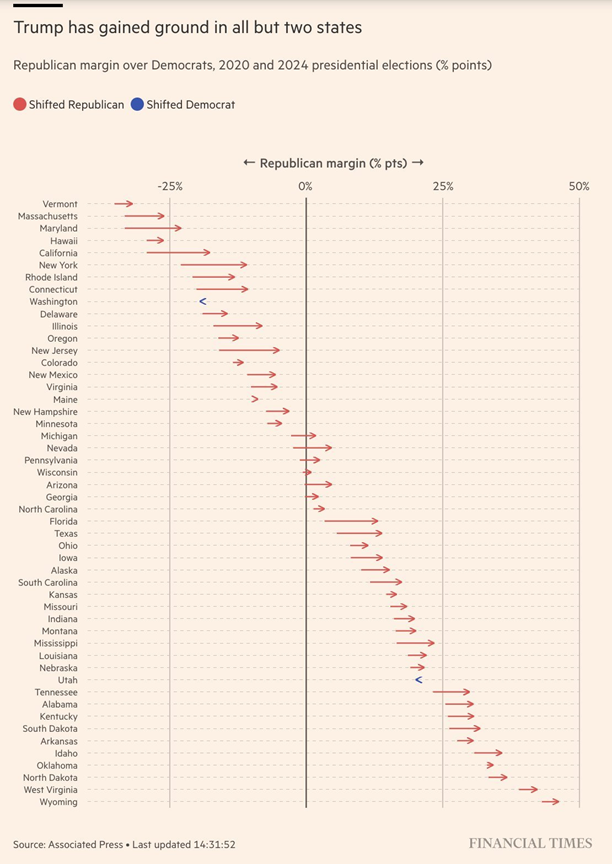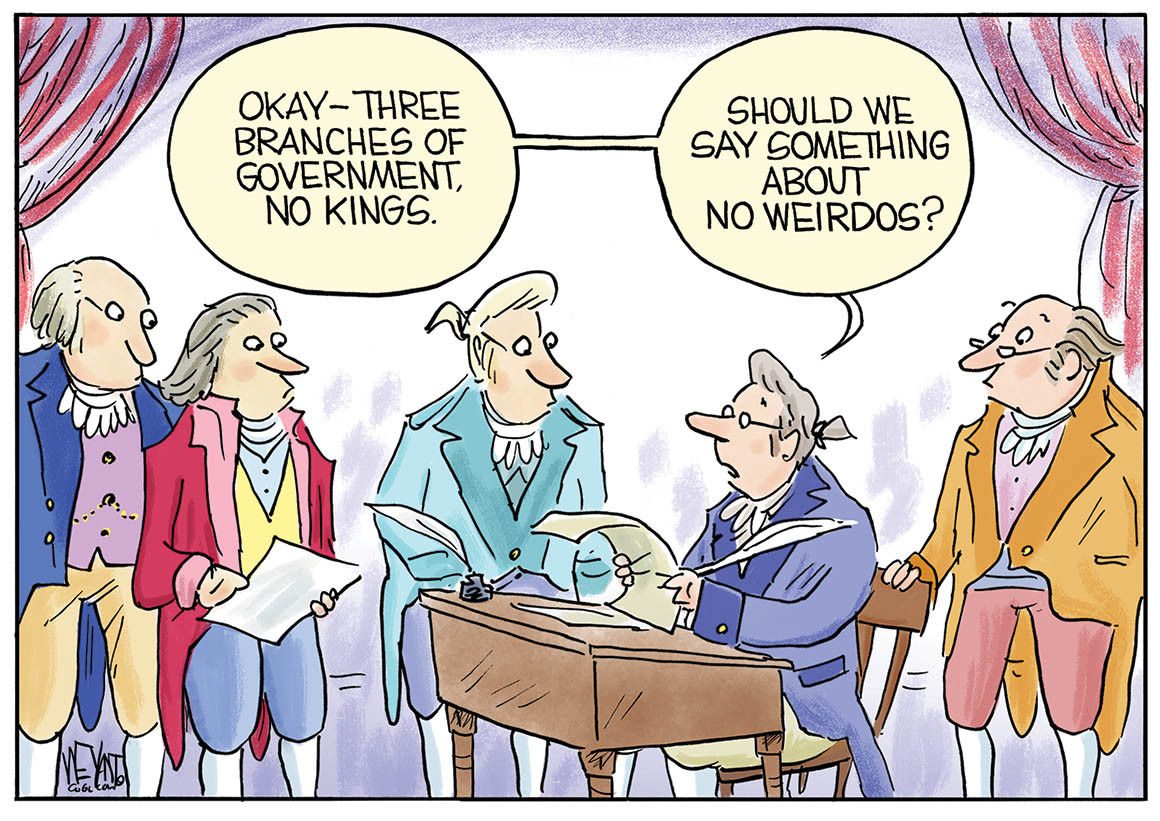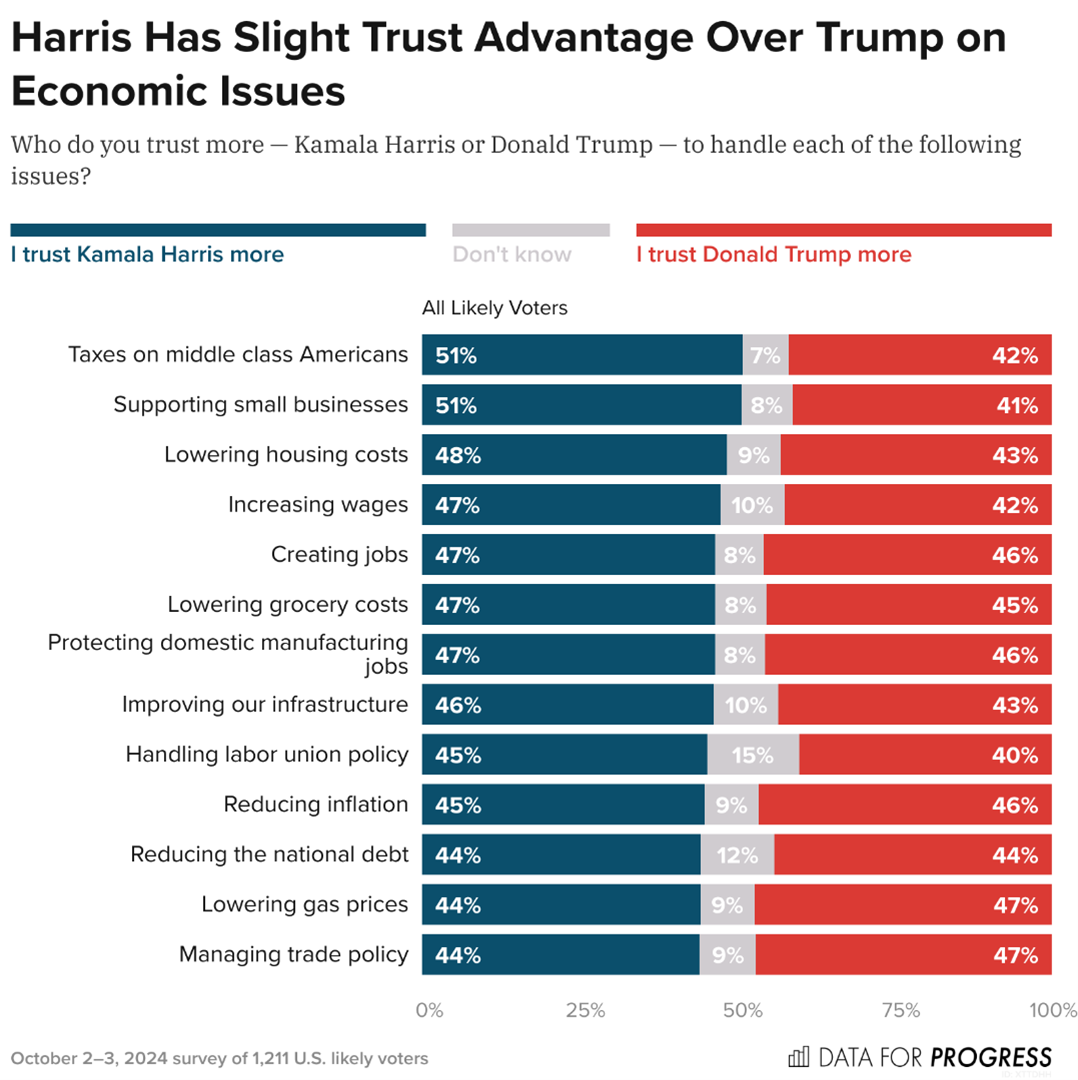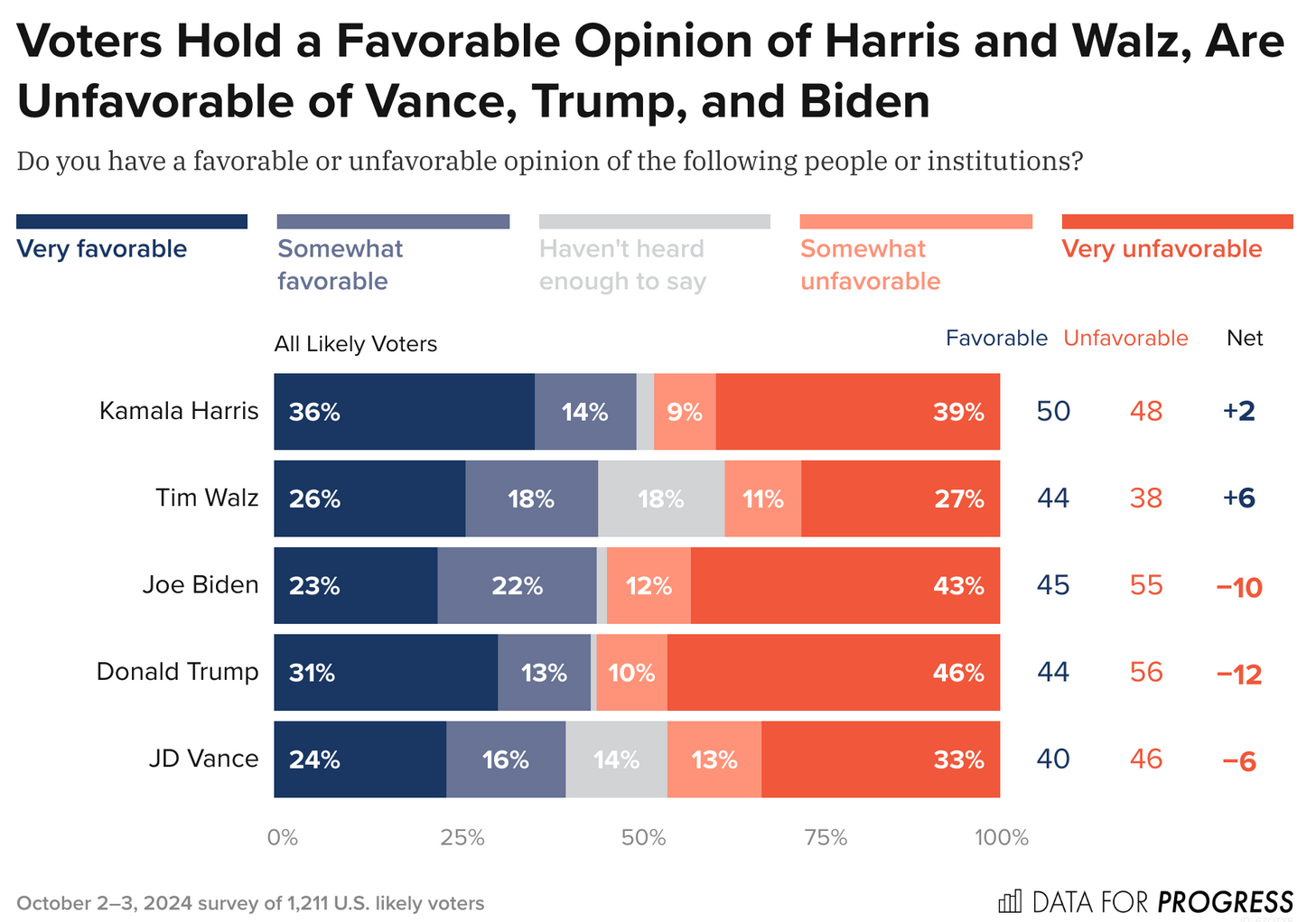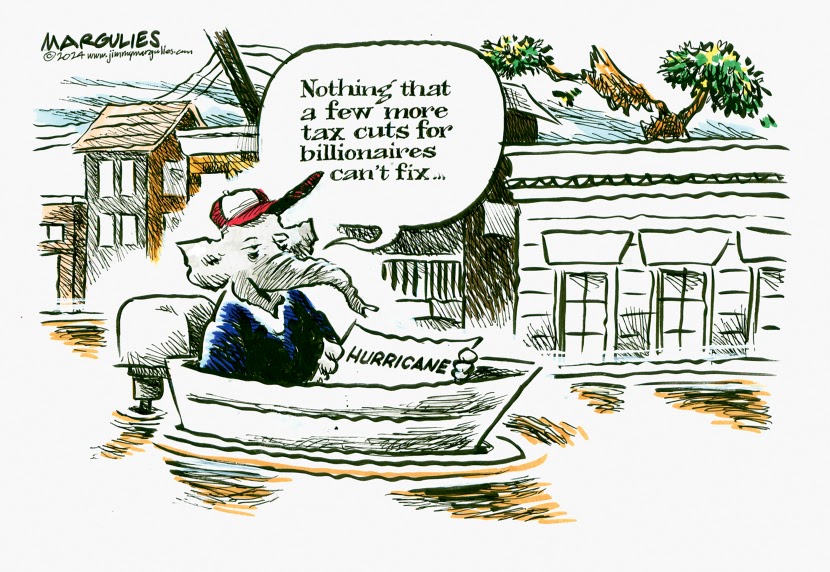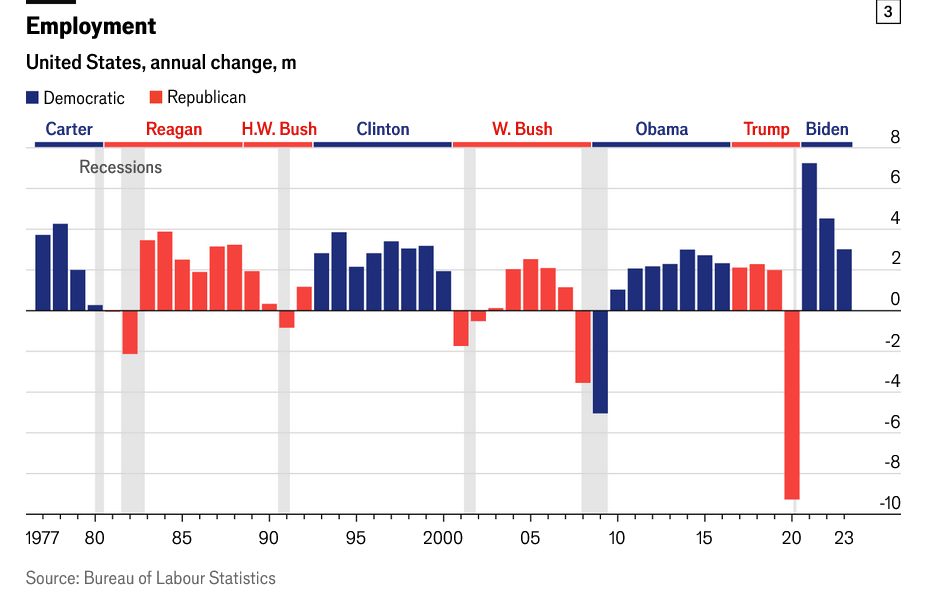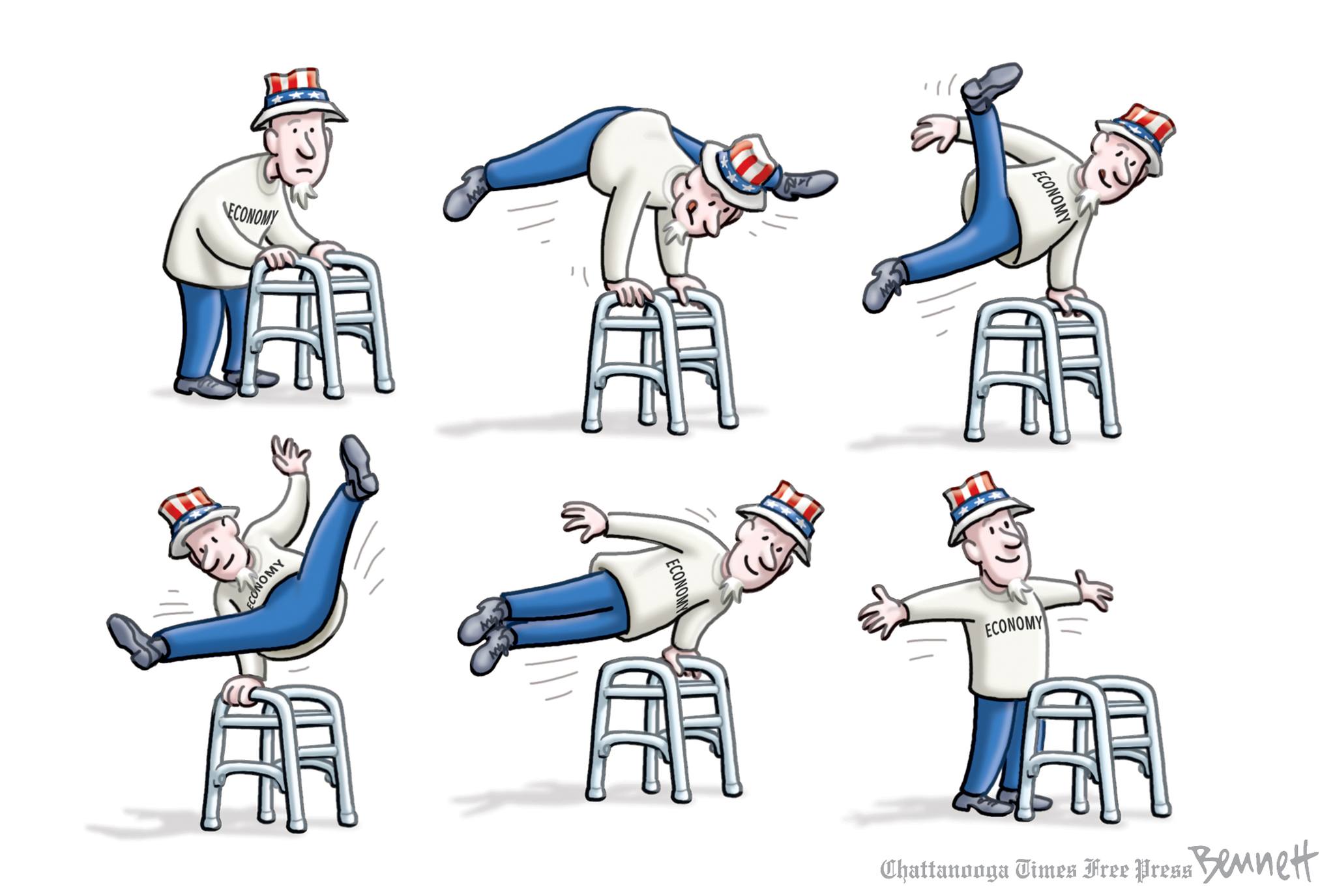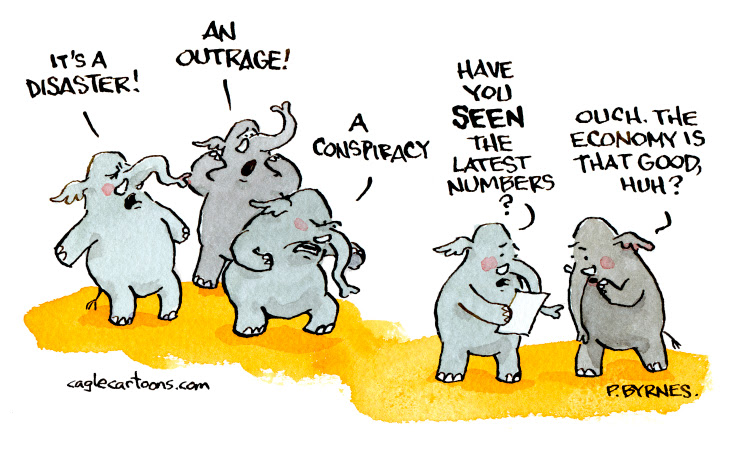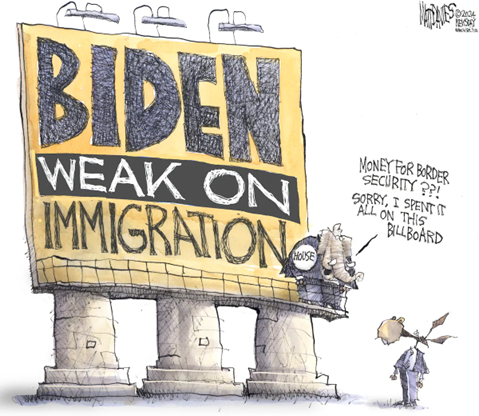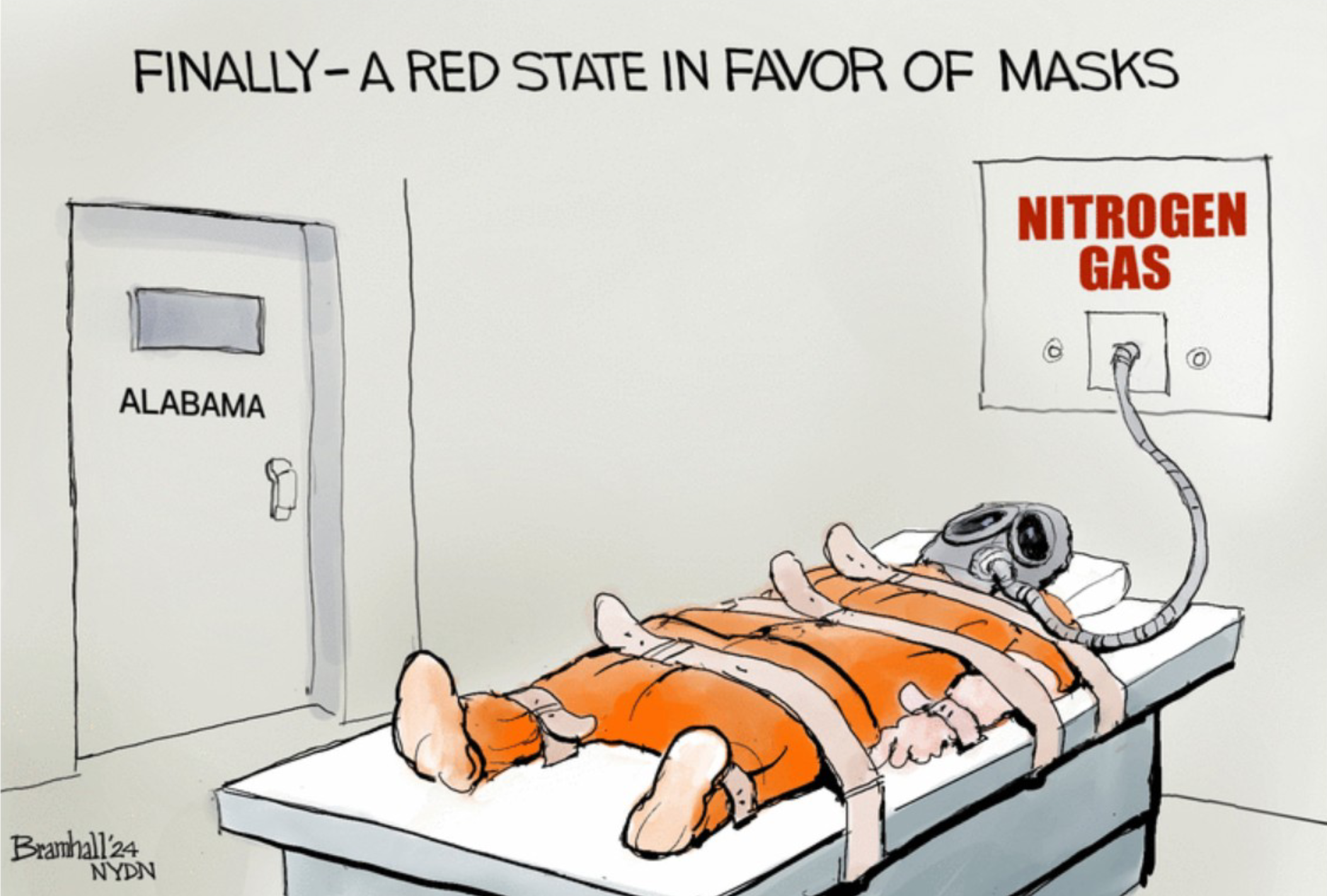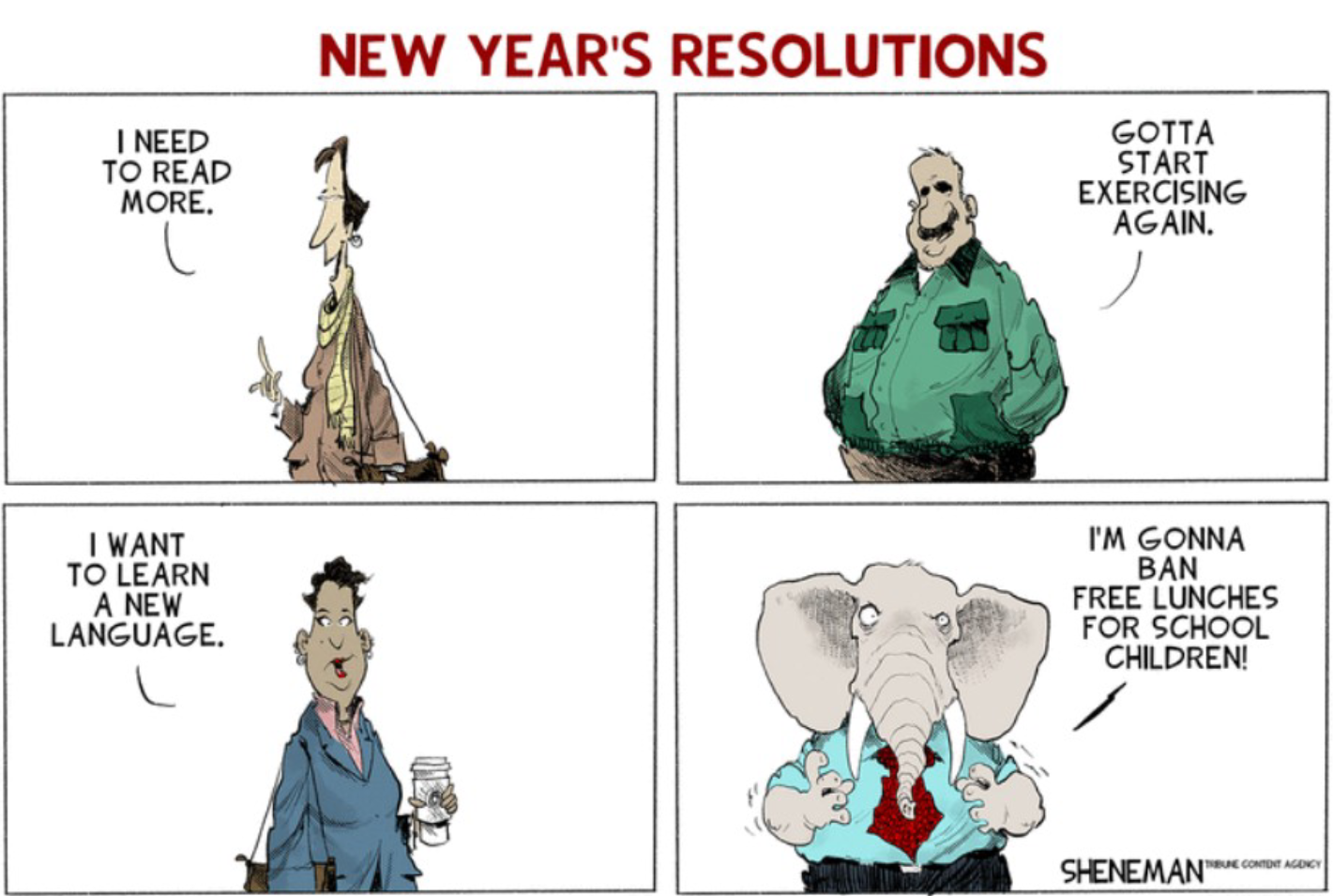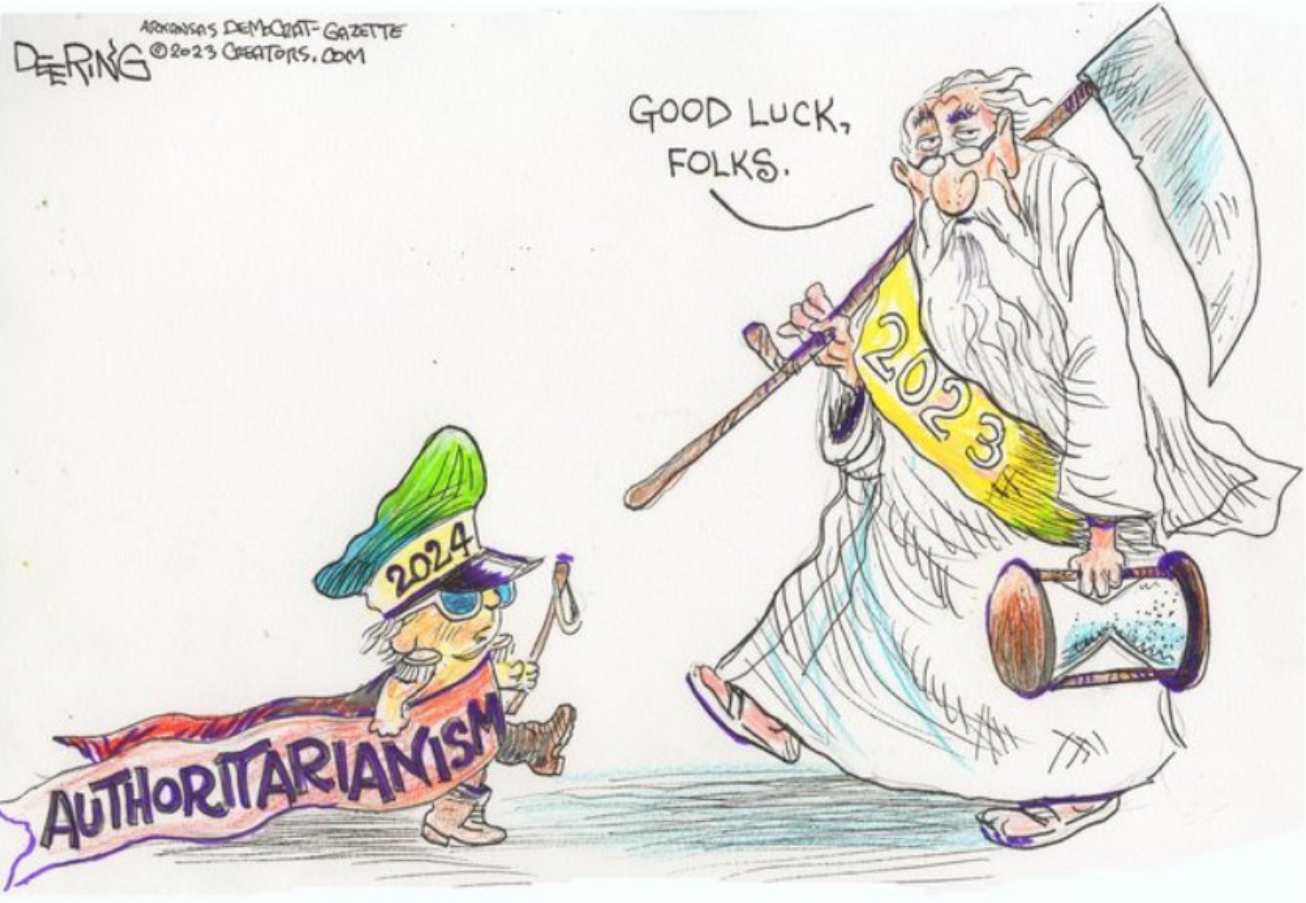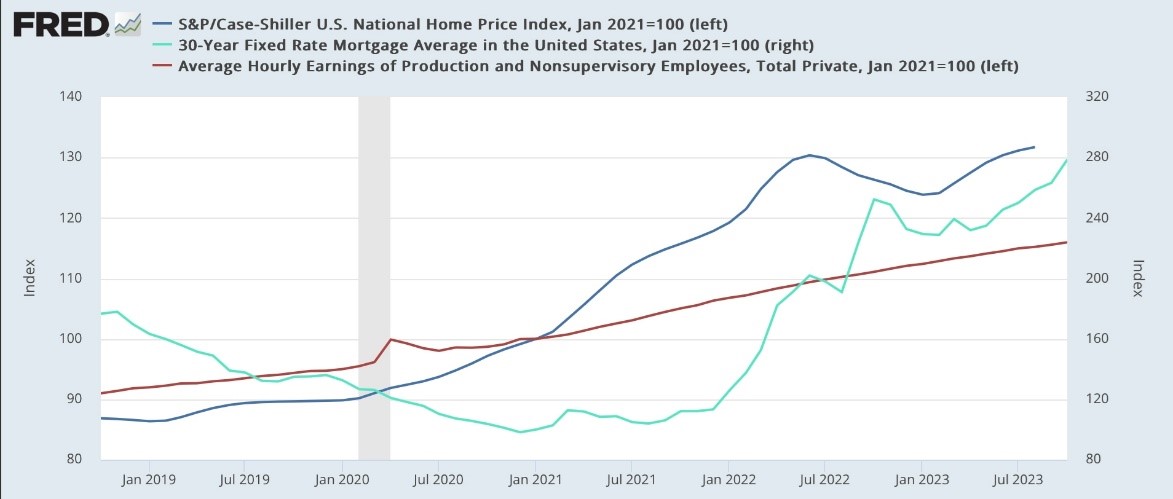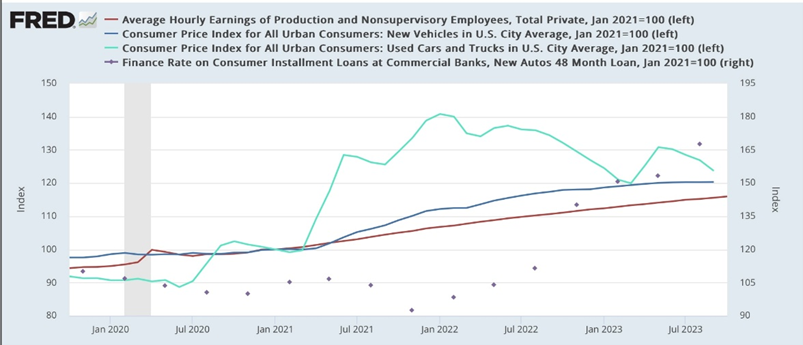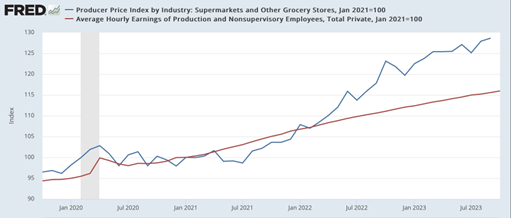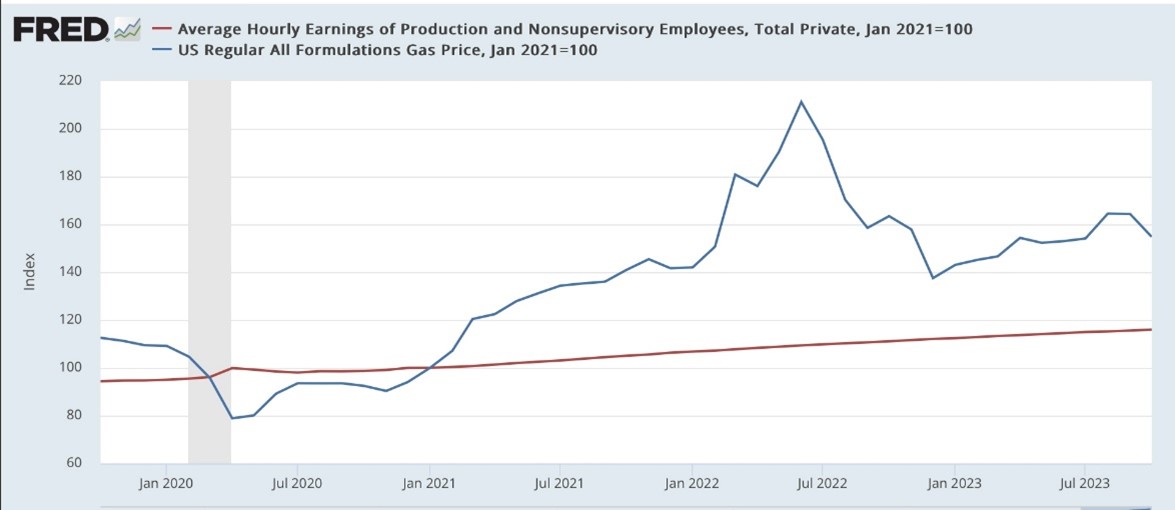The Daily Escape:
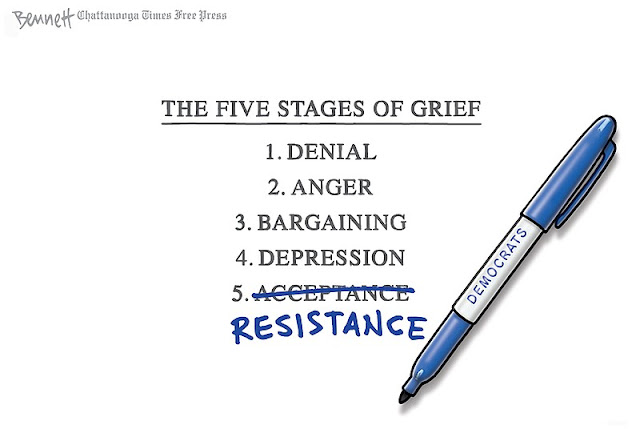
We’ve got to stop awfulizing. That is, reacting to every Trump move as if it is the worst thing he’s come up with yet and then jumping on social media to scream about it. We need to take a step back and remind ourselves that it has only been 12 days since the election, even though it feels like a lifetime. People have zero patience: their reserves are running low and it’s easy to lash out at the latest Trump outrage. We need to continue to take some time to process what’s happened.
We need to plan our resistance carefully. Not all battles are winnable or even worth the many calories it takes to pursue the fight.
America is different now than it was in 2015 at the dawn of the Trump era. Trump didn’t just win politically; he’s won culturally. We need to reckon with that. There’s no way around it: the results of this presidential election sucked. But when you look at some the other races and questions that were on voters’ ballots, the picture looks at least a little brighter. There were some good things that Democrats scored on Election Day:
- Voters protected abortion access via ballot measures in seven states. And in Florida, it won a majority of the vote but just fell short of the 60% needed for passage.
- Alaska and Missouri raised the minimum wage via ballot measure, while Missouri also implemented paid sick leave. Pro-worker policies are popular across the country, and Democrats who run on them can win even in red areas.
- Swing state Democrats performed well. In North Carolina, Democrats won five statewide races and broke the GOP’s supermajority in the legislature. In Pennsylvania, Democrats retained their majorities.
But we should also take note of the apathy of the American public. Approximately 245 million people were eligible to vote this year; approximately 90 million of them didn’t. That is a plurality of Americans who didn’t vote.
In five of the last seven presidential elections, the change candidate has won. At least one Congressional chamber has flipped in the last four elections. We need to think deeply about what went wrong in the last election:
- Democrats rarely talked about a vision for improving family life. Instead we ceded that to Republicans.
- We rarely talked about how poor the economy was for the average person.
- We couldn’t make inroads into the male voting population. In fact, we lost ground with Black and Hispanic men.
According to the AP, Harris had an advantage among women, winning 53% to Trump’s 46%, but that margin was narrower than Biden’s in 2020. In 2020, Biden won 55% of women, while 43% went for Trump. Women under 30 voted for Harris over Trump, but it was a somewhat smaller majority supporting her, at 58%, than Biden in 2020, at 65%. About 9 in 10 Black women and 6 in 10 Latina women backed Harris.
Just under half of white women supported the vice president.
Wrongo’s having a hard time figuring out why women voters did not turn out in bigger numbers in this election for Harris. That women’s rights were part of the stakes this year made it seem obvious that women voters would drive this election. And yet, 46% of women cast a vote for Trump.
We elect women governors, for both Parties, currently the ratio is 8 Dem to 4 GOP. But why not elect them to the presidency, when in many other western countries it’s considered completely routine to elect both women or men to the top spot? What is different about the US?
We’ve tried twice to elect a woman without success. There’s no one reason why Harris did not win. But inflation, which was as big a problem of this magnitude when Jimmy Carter was President, had a lot to do with it. Along with deeply ingrained racism and the framing of our elections as just another form of consumerism, i.e. who you would rather have a beer with.
Republicans now control all three branches of government. They’ve become responsible for everything people hate about politics. Our top political priority is to try to become credible change agents. It’s the first step to winning back the voters we’ve lost.
Wrongo’s late brother Kevin always signed off his emails with “Resist, no matter what”. He was a libertarian, but it works for liberals as well.
David Remnick in the New Yorker spoke about Vaclav Havel and how he resisted:
“During the long Soviet domination of his country, Havel fought valiantly for liberal democracy, inspiring in others acts of resilience and protest. He was imprisoned for that. Then came a time when things changed, when Havel was elected President….Together with a people challenged by years of autocracy, he helped lead his country out of a long, dark time. Our time is now dark, but that, too, can change. It happened elsewhere. It can happen here.
The key question is can we resist like Havel?


